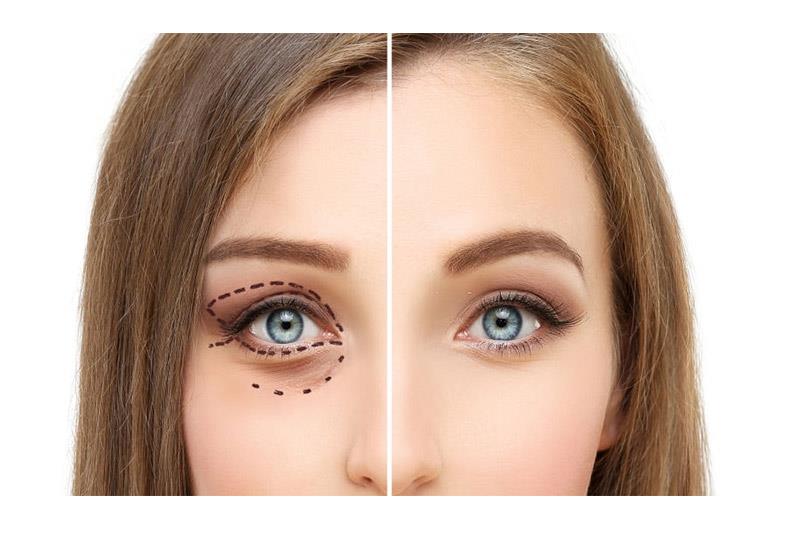
As we have said, and you recall, there are some effects and symptoms you must know about and identify if you have an infection following your Blepharoplasty surgery.
So, make sure to tag along through this section because we are sure that this information might come in handy after certain surgeries.
Here are some probable adverse effects following Blepharoplasty:
One of the most frequent adverse reactions after Blepharoplasty is a condition known as “styes,” which describes dry, itchy eyes.
Styes are bacterial infections that may infect the skin around the eyes.
They are most common in young children (around the orbital rim).
These infections are quite common and can be effectively treated. Styes are notoriously unpleasant and can even lead to headaches and discomfort in the eyes. Eyes that are red, swollen, and itchy are typical manifestations of a stye.
In addition to this, you might notice a discharge coming from your eyes.
Blepharoplasty has also been linked to insomnia and other sleeping difficulties. Because surgery causes permanent changes to the structure of the muscles surrounding the eyes, the patient may find it difficult to get asleep and remain asleep after falling asleep.
Fatigue, trouble focusing, mood fluctuations, and irritability are some of the symptoms that may occur due to not getting enough sleep or having disrupted sleep.
Pain after surgery is a potential side effect of many cosmetic surgeries, including Blepharoplasty, and it is essential to be prepared for this possibility.
Because of the proximity of the eyes to the parts of the neck and shoulders that may be operated on during surgery, the patient can sustain an eye injury.
The procedure may result in persistent discomfort or inflammation in specific locations.
Infection following the Blepharoplasty surgery may cause substantial kidney damage, making it one of the procedure’s most dangerous potential complications.
Specific forms of cosmetic surgery, especially those done on the eyes, are known to cause damage to the fragile blood vessels in the eyes and long-term difficulties with the kidneys.
Because the damage from Blepharoplasty isn’t often visible until a patient reaches age 25, this is an issue unique to female patients who have the procedure performed on them before age 25.
If you are under 25 years old when the incident occurs, the injuries will almost certainly be permanent.
And also, the infection travels through the bloodstream to the rest of the body and causes organ failure.